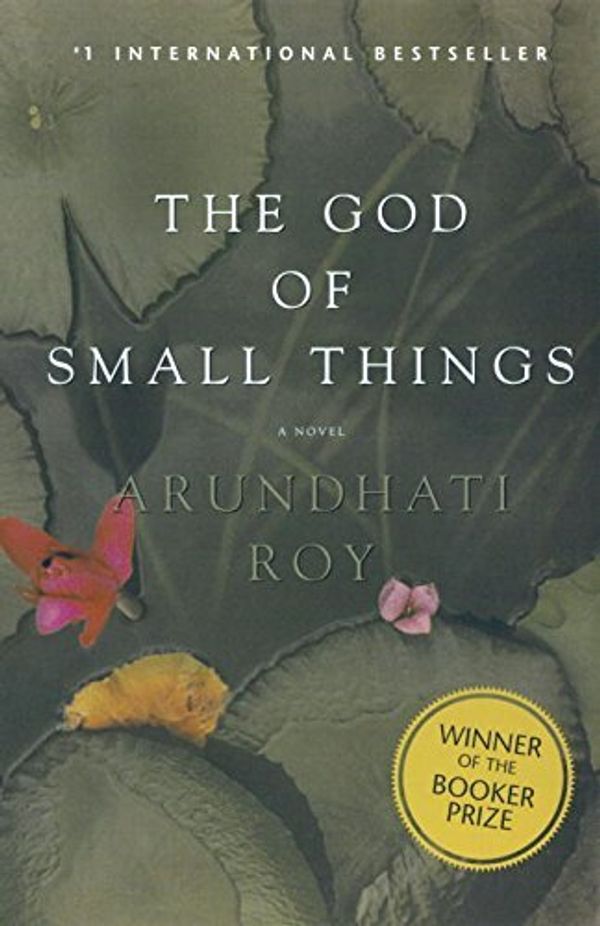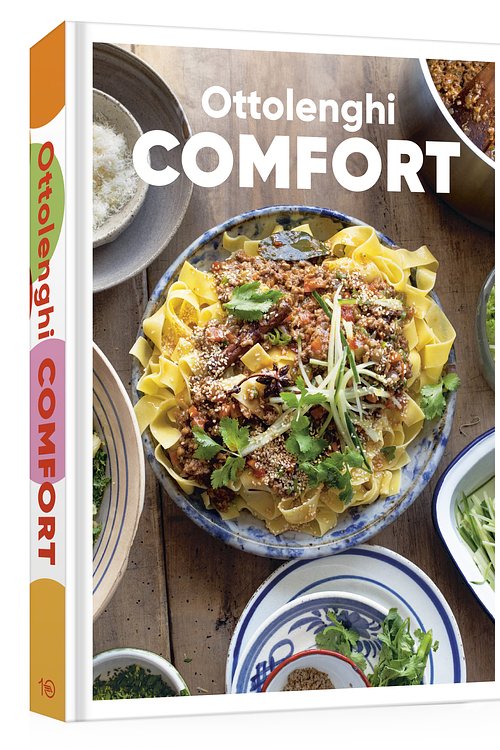The God of Small Things
Pearson Papers; 1
Arundhati Roy

| ISBN: | 9780679309413 |
| Publisher: | Vintage Books Canada |
| Published: | 1 June, 1998 |
| Format: | Paperback |
| Editions: |
58 other editions
of this product
|
The God of Small Things
Pearson Papers; 1
Arundhati Roy
- Who—or what—is the God of Small Things? What other names and what divine and earthly attributes are associated with this god? What—or who—are the Small Things over which this god has dominion, and why do they merit their own god? Does Roy's God of Small Things share attributes with any members of the Hindu pantheon? 2. What are the various laws, rules, and regulations—familial, social, cultural, political, and religious—including 'the Love Laws,' to which Roy makes repeated reference? What sanctions are in place for those who obey or transgress? Are all the kinds of love presented in the novel equally covered by 'the Love Laws'? 3. Various dwellings are important to the unfolding of Roy's story—from the Kochamma house, to Kari Saipu's abandoned mansion, to Velutha's family's hut, to Comrade Pillai's small house, to the von Trapp house in The Sound of Music? How is each described? To what extent does each embody or reflect the forces and burdens of history, social order, and custom? 4. The river that flows through Ayemenem touches on every aspect of life there. How does the river in 1969 differ from the river in 1992? What is its importance in the lives and histories of the two families and in the twins' childhood? How are we to take the comment of Kuttappen, Velutha's crippled brother, that 'This river of ours—she isn't always what she pretends to be—.You must be careful of her.' 5. To what extent are race, social class, and religion important? What specific elements of each take on predominant importance, and with what consequences? How do the concept and the reality of 'the Untouchable' function in the novel? 6. Why does Roy switch back and forth among time present and various times past? To what purpose, and with what effect, are key events revealed detail by detail? Is the sequence of revelation of particular importance? 7. Is Time as Destroyer the novel's most insistent theme? How are the blue Plymouth, the pickle factory, Rahel's toy wristwatch (which always reads 'ten to two'), the children's boat, and other objects related to this theme? 8. 'He was called Velutha—which means White in Malayalam—because he was so black;' and at age 11 he 'was like a little magician.' What is the full extent of Velutha the Untouchable's role in the story? In what ways might he be said to embody all the novel's themes and concerns? Do we share Ammu's realization, as Velutha rises from the river on their first night of love, that 'the world they stood in was his?' 9. To what extent do even the most fantastical events result from everyday passions? What feelings and passions—including anger, fear, resentment, longing, and jealousy—are predominant, and how do they determine key events? Which emotions are strongest among the children, and which among the adults? 10. How does Roy portray the twins' extraordinary spiritual connection, their 'single Siamese soul,' the fragile, wonder-filled world of their childhood, their often magical vision, and their differences? Is her re-creation of the child's world convincing? 11. What importance does Roy ascribe to story, storytelling, and play-acting, including the Kathakali dances and stories? To what extent is the telling of a story more important than the story itself? How are we to take Roy's statement that 'the secret of the Great Stories is that they have no secrets. They are as familiar as the house you live in. Or the smell of your lover's skin?' 12. In what ways are the Kochamma women subjected to male dominance, indifference, and even cruelty, and in what ways are they decisive in their own lives, the life of their family, and the affairs of their community? In what ways has Baby Kochamma 'lived her life backwards'? Have they all lived their lives backwards? Is Ammu's rage against 'the smug, ordered world' justified? 13. Baby Kochamma's harbors an 'age-old fear— of being dispossessed.' What kinds of dispossession occur in the novel, and in association with which characters and which events? With what consequences? 14. 'Some things come with their own punishments,' Roy writes. 'They would all learn more about punishments soon. That they came in different sizes.' What 'sizes' of punishment are specified, and who decides those 'sizes?' For what offenses? Who are the punishers, and who are the punished? 15. Rahel reveals to Sophie Mol a list of those she loves; and we learn that this list was 'an attempt to order chaos. She revised it constantly, torn forever between love and duty.' What other attempts are there 'to order chaos?' Is the primary conflict for every character 'between love and duty?' 16. Roy writes that Inspector Mathew and Comrade Pillai 'were both men whom childhood had abandoned without a trace. Men without curiosity. Without doubt. Both in their own way truly, terrifyingly adult.' Can this be said of others? How does Roy contrast the imaginative, curious children and the literal, uncurious adults? What makes Mathew, Pillai, and others 'terrifyingly adult?' 17. Is there anything truly shocking about Estha and Rahel's lovemaking in the next-to-final chapter? What does Roy mean when she writes, 'There is very little that anyone could say to clarify what happened next. Nothing that (in Mammachi's book) would separate Sex from Love. Or Needs from Feelings'? 18. Roy has said that her architectural studies determined her novel's structure. In what ways can we view the novel's plan and construction as architectural? In what ways is the novel's 'architecture' related to actual buildings in the novel? 19. Does a single moment of true, intense love compensate for centuries of oppression, cruelty, and madness? 20. Why does Roy end the novel with a detailed depiction of Ammu and Velutha's first night of lovemaking and the promise of 'Tomorrow?'
Booko is reader-supported. When you buy through links on our site, we may earn an affiliate commission. Learn more
Shop Preferences
Customize which shops to display. You can include the following shops by logging in to change your settings.
Booko is reader-supported. When you buy through links on our site, we may earn an affiliate commission. Learn more
Historical Prices
Loading...
This graph is for informational purposes only. Occasionally pricing data is captured incorrectly, through bugs in Booko or the stores supplying data, which may distort the graph, providing undue hope that even lower prices sometimes appear.

















